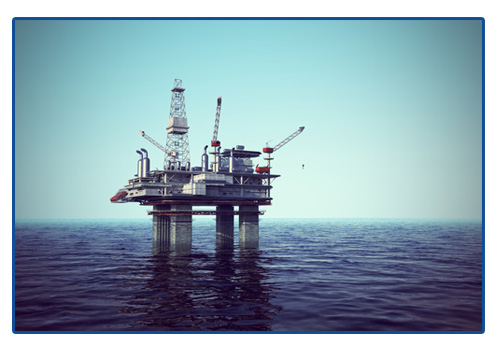Production
Natural gas is a fossil fuel derived from the slow transformation of plant and animal organic matter deposited on the seabed. Over the millennia, these materials were subjected to high temperatures and pressures, and transformed into hydrocarbons. They are available today in two forms: liquid (oil) and gaseous (natural gas).
Because oil and natural gas have a common origin, exploration and production are often conducted jointly in the same deposits. Natural gas is non-toxic. It consists of 90% methane (CH4), 5 to 10% ethane, and less than 1% other hydrocarbons such as butane and propane. It may also contain inert gases, including nitrogen and carbon dioxide, plus very small quantities of trace elements.

The natural gas consumed today dates from 600 million years ago. In the production countries, natural gas is either compressed so it can be transported by pipeline or liquefied for transport by tanker ship.
Indeed, in some cases, pipeline construction is too expensive or technically impossible. To solve this transportation problem, the natural gas liquefaction technique was developed so that liquefied natural gas (LNG) may be shipped by special tankers.
Initially, this practice and this mode of transport were developed in the sixties in Algeria to supply the French and British gas markets.







